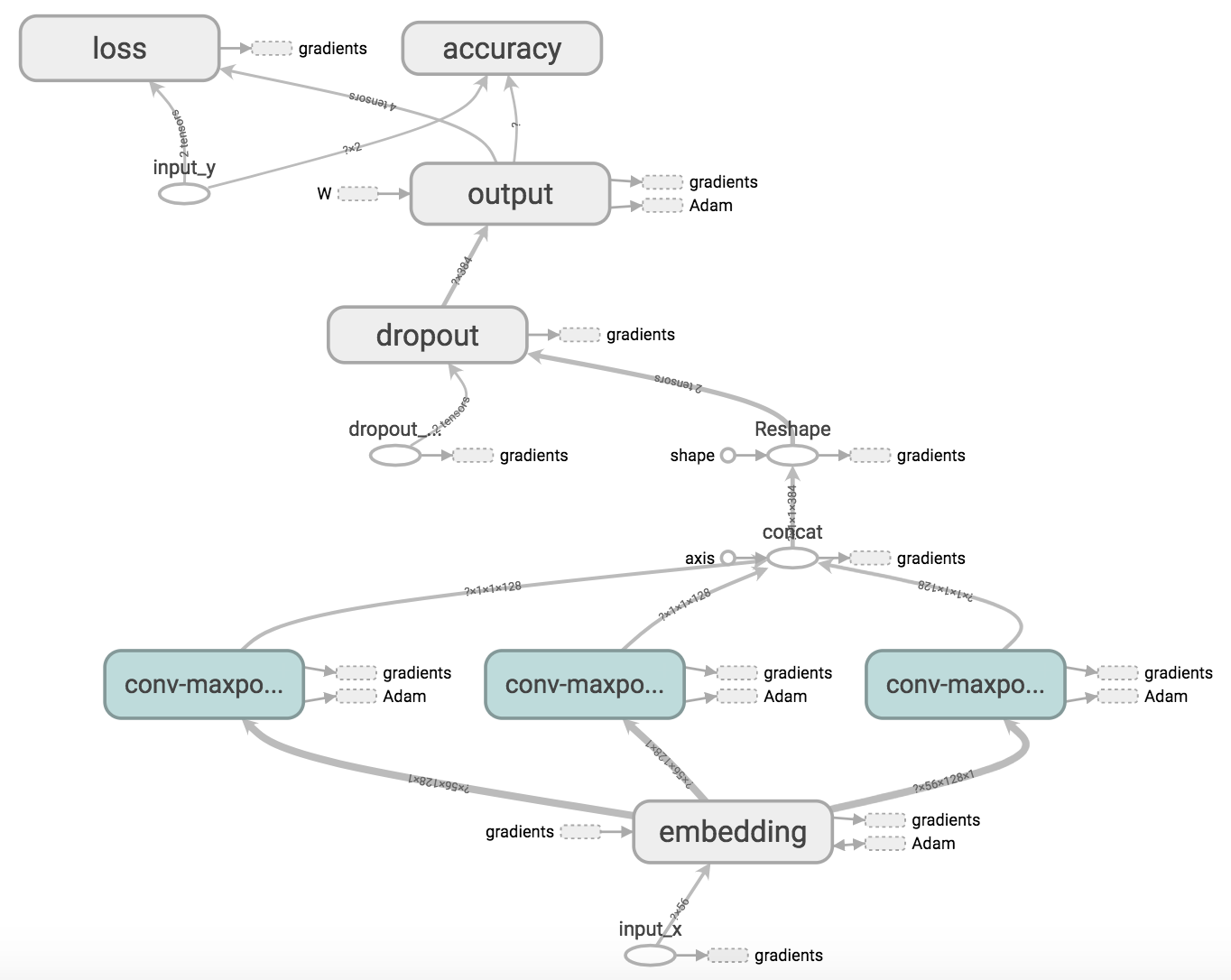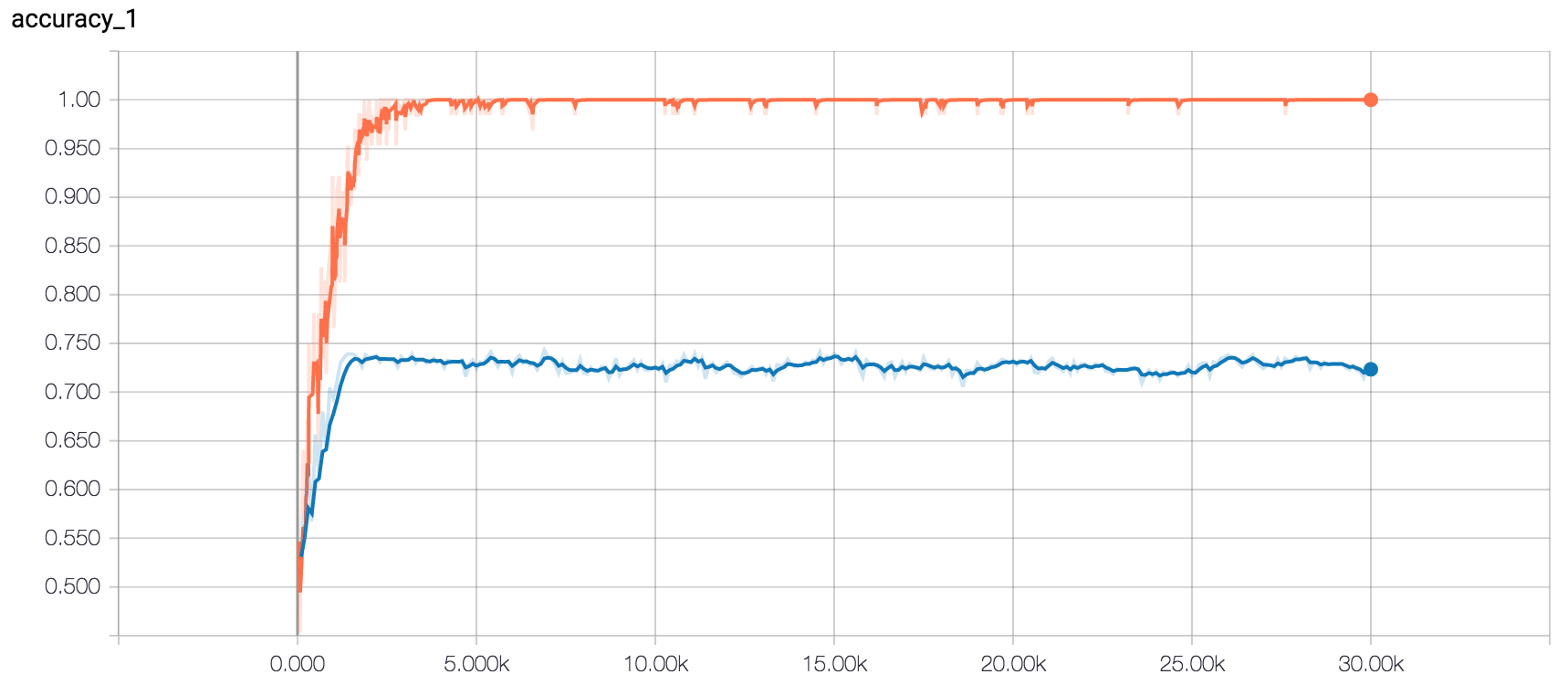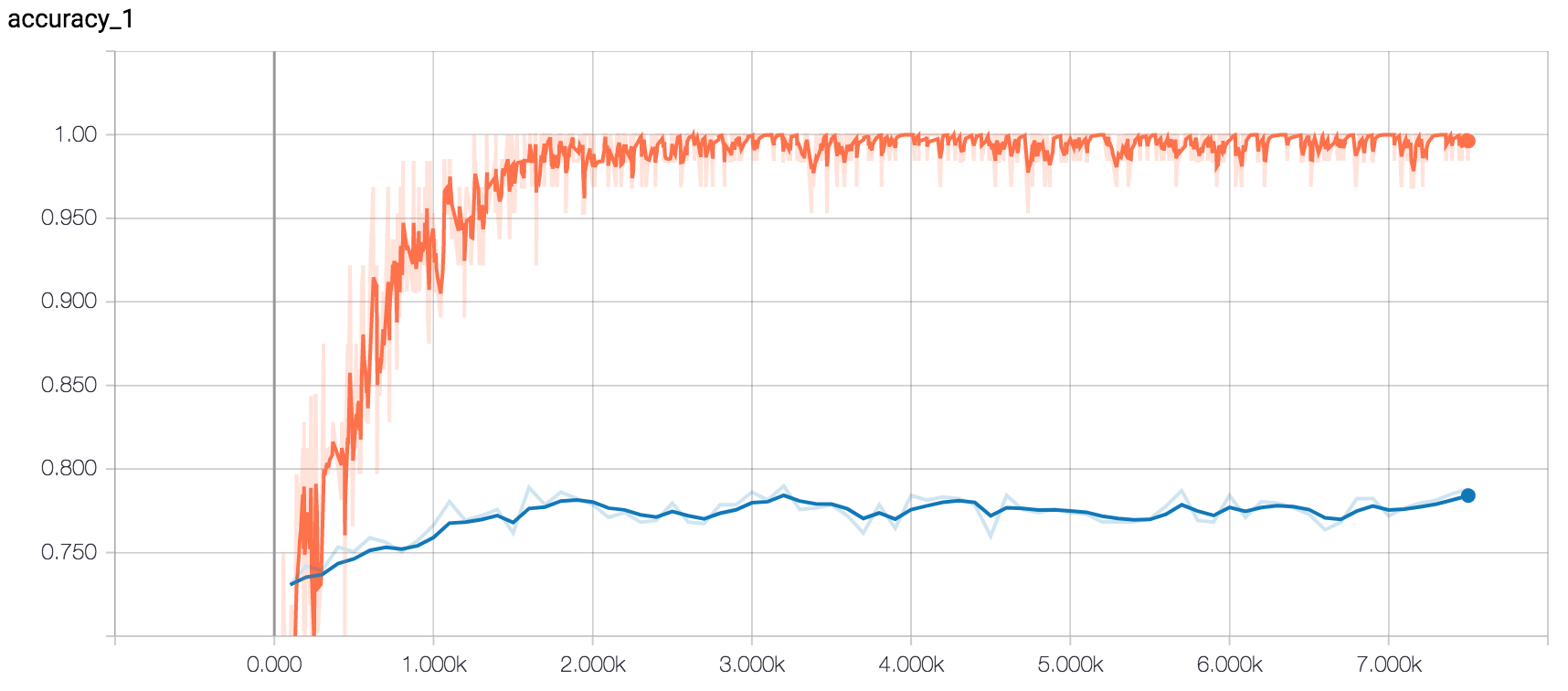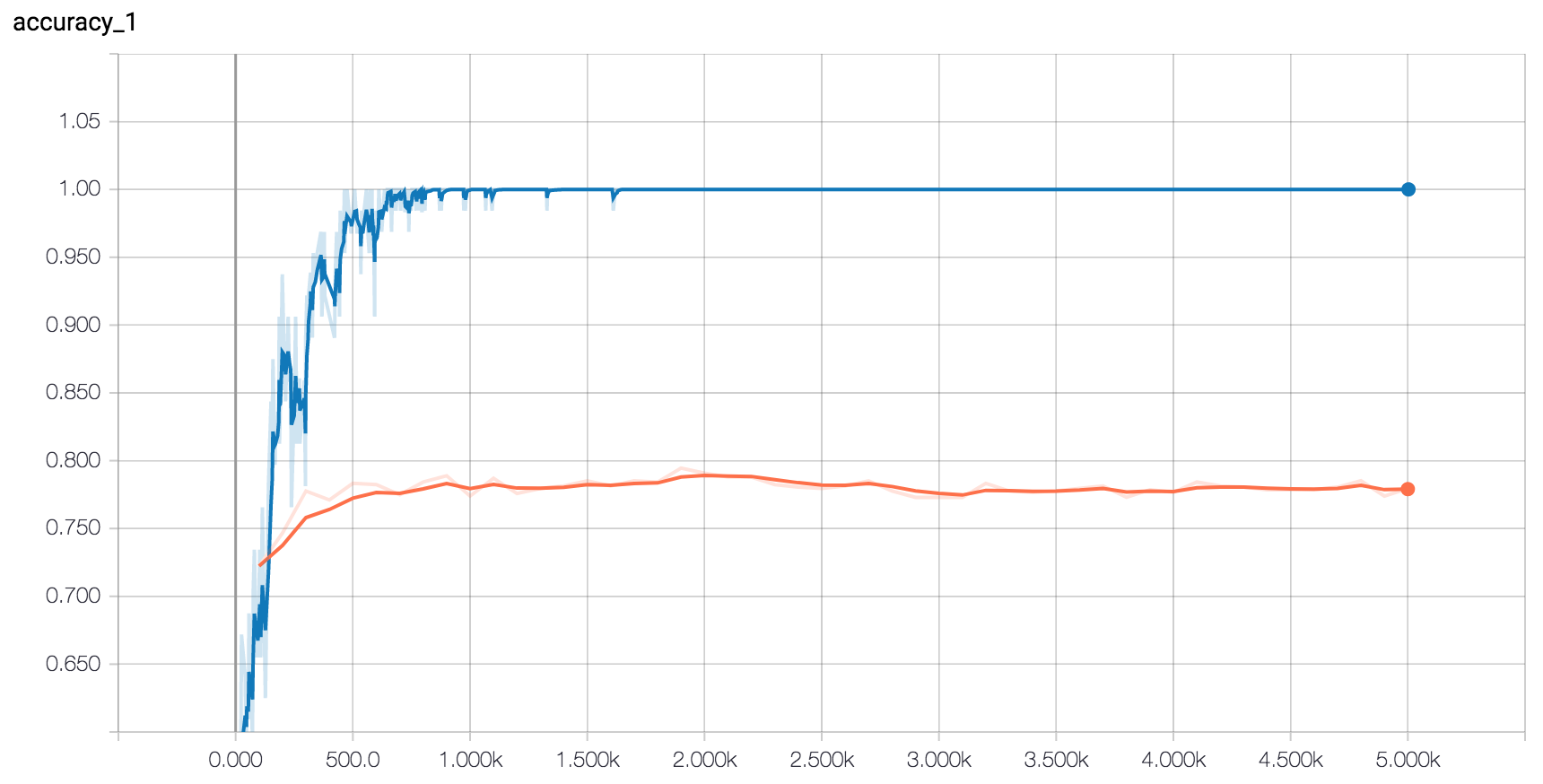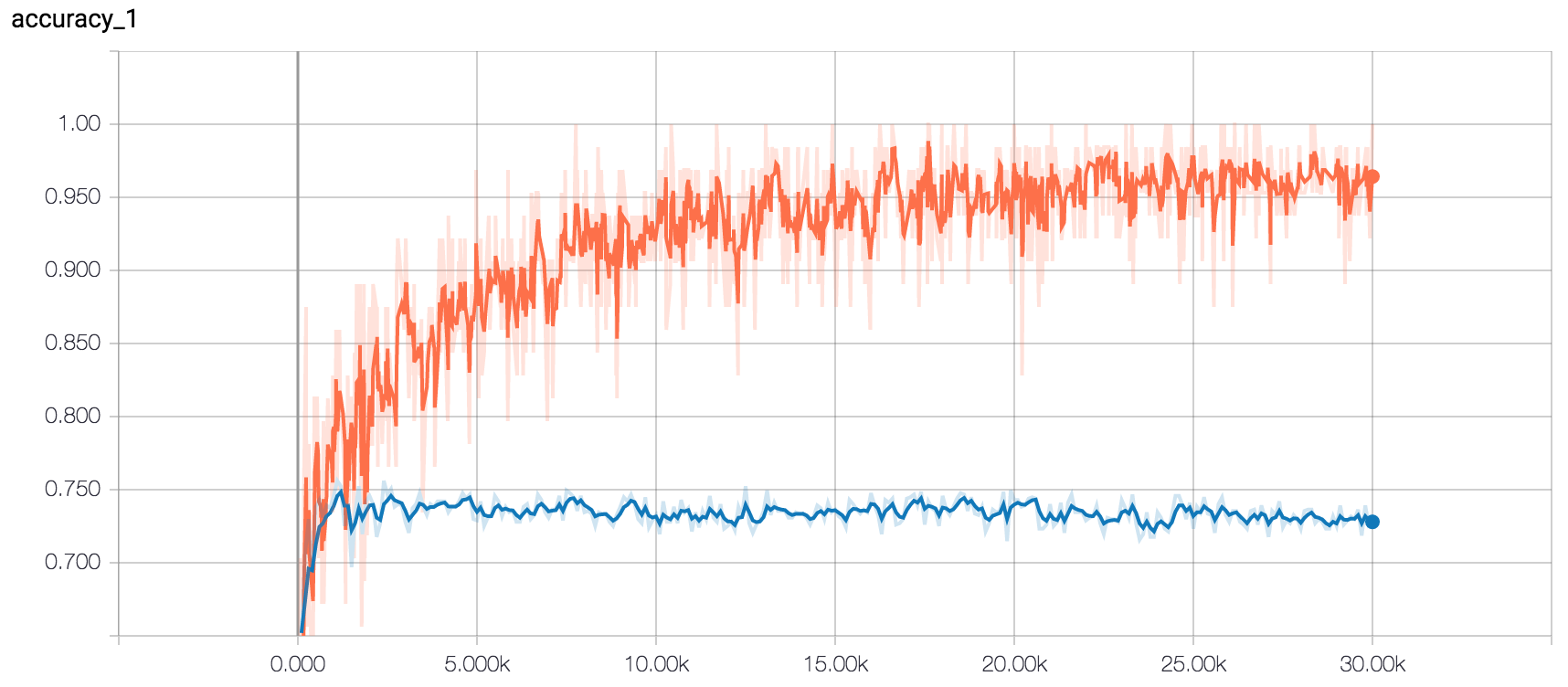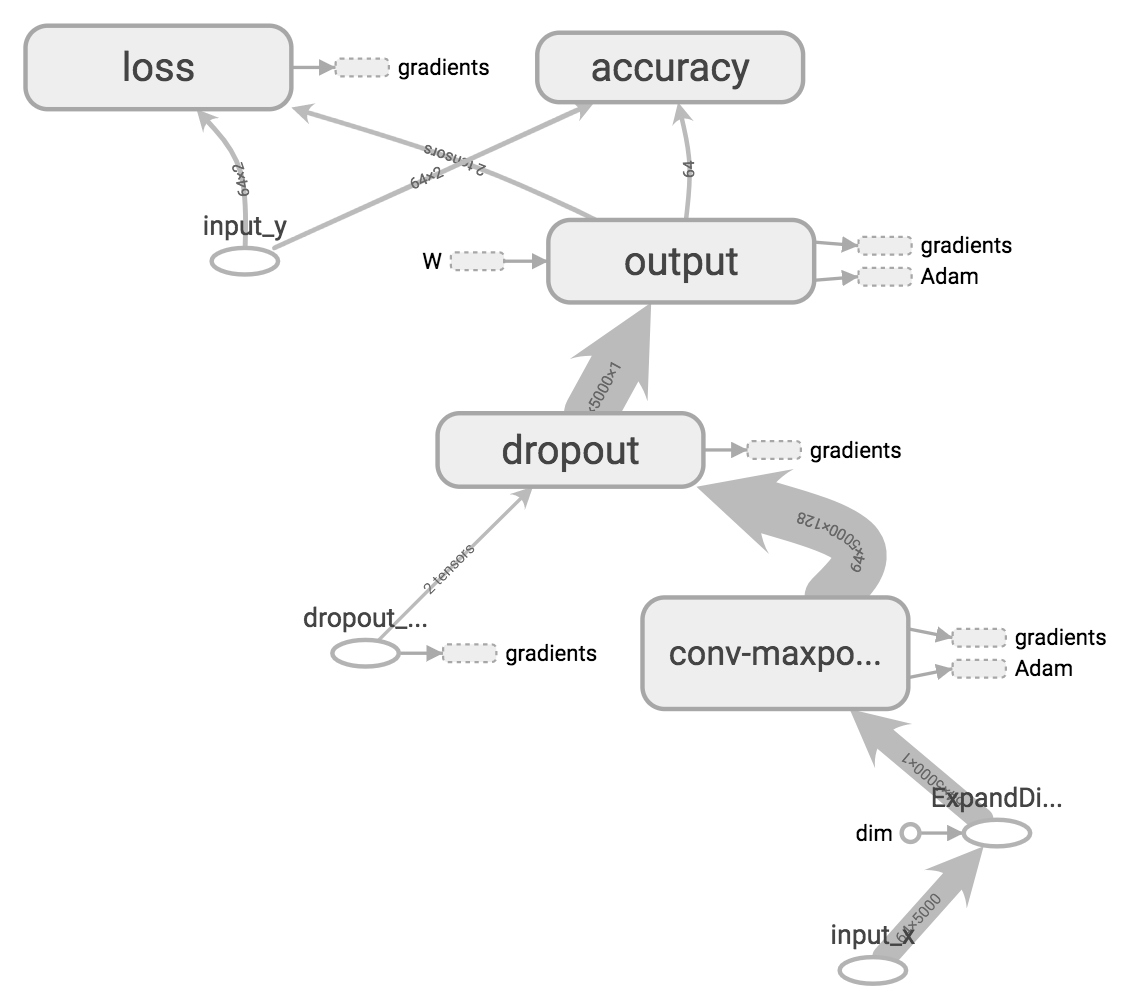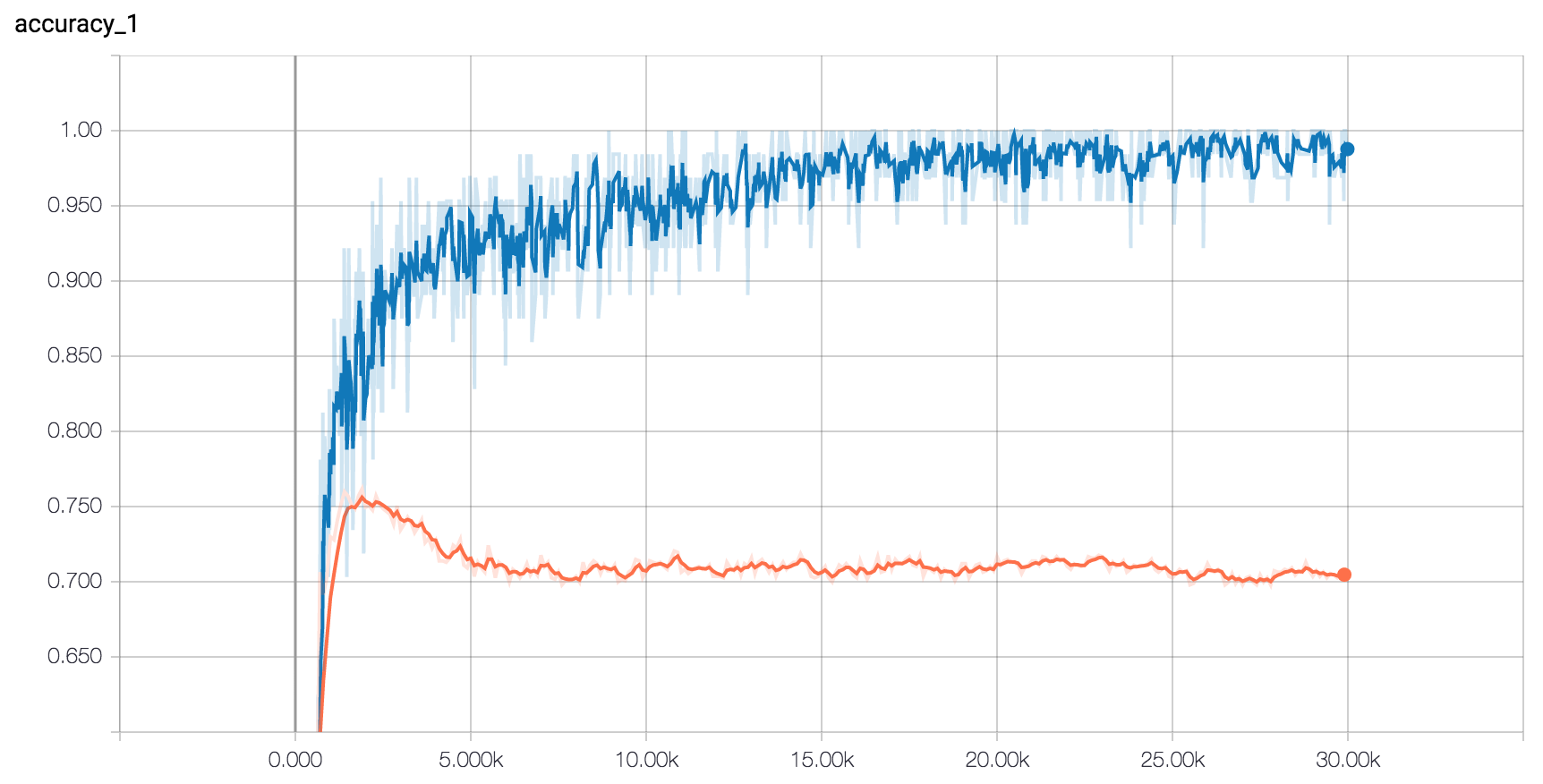Rotten Tomatoes Movie Reviews Classifier
Dataset Description
The dataset used is Pang and Lee's movie review sentiment polarity dataset (sentence polarity dataset v1.0 from here), which consists of 5,331 positive and 5,331 negative sentences, formed from a vocabulary size of ~20,000. For all the models, the data is shuffled and 10% of the dataset is used as the test set.
Preprocessing
The data preprocessing code is available in
data.pyand is identical to the code used in Yoon Kim's paper.
- Load the data from the files inside
data/. .strip()every sentence.- Replace any characters that don't match
/[A-Za-z0-9(),!?\'\`]/with a whitespace. - Insert a whitespace between a word and a clitic (
've,'reetc.), if any. - Insert a whitespace before punctuation marks.
- Delete any repeated whitespaces.
Summary of Model Performance
Disclaimer: The preprocessing for each of the following models is not consistent and may have affected the accuracies. Please read each model's description (below) for further details.
| Model | Test Accuracy |
|---|---|
| Multinomial Naive Bayes (TF-IDF Vectorized Input) | 77.58% |
| Model v1 (CNN) | 74.30% |
| Model v1.2 (CNN w/ Pre-Trained Embeddings) | 79.46% |
| Model v2 (CNN on Similarity Vectors) | 75.61% |
| Model v3 (Graph CNN) | 76.17% |
Model v0: Baseline Models
The code for the model & training can be found in
baseline.py&baseline_embeddings.py.
In order to establish a baseline for the more complex models below, three simple models were implemented (given below with their respective test accuracies):
- Linear SVC (TF-IDF Vectorized Input): 76.74%
- Multinomial Naive Bayes (TF-IDF Vectorized Input): 77.58%
- Linear SVC (Mean of Pre-Trained Word Embeddings): 76.27%
Model v1: Convolutional Neural Network
Code based on Denny Britz's TensorFlow adaptation of Kim's model, which is blogged about here.
Model Description
The code for the model can be found in
text_cnn.py.
The model consists of an embedding layer followed by multiple parallel convolutional + max-pool layers before the outputs are combined and classified by a softmax layer.
Computational Graph
Model Performance
The code for training can be found in
v1_train.py.
- Embedding Dimensionality: 128
- Filter Sizes: 3, 4, 5
- Number of Filters: 128
- Dropout Keep Probability: 0.5
Maximum Test Accuracy: 74.30%
Model v1.1: CNN w/ Pre-Trained Embeddings
Model Description
Model v1.1 is nearly identical to Model v1, except that it uses pre-trained word embeddings (Google's word2vec) instead of learning the embeddings from the dataset. The embeddings of 2,310 words not present in word2vec are randomly initialized and all embeddings are kept static during training.
The details of these pre-trained embeddings can be found here and the actual file can be downloaded here. The embeddings are loaded using data.load_word2vec().
Model Performance
- Embedding Dimensionality: 300
- Filter Sizes: 3, 4, 5
- Number of Filters: 128
- Dropout Keep Probability: 0.5
Maximum Test Accuracy: 78.99%
This model performed better than Model v1 (~5% increase in accuracy), which suggests that learning the word embeddings from the relatively smaller movie review dataset is not ideal.
Model v1.2: CNN w/ Fine-Tuned Pre-Trained Embeddings
Model v1.2 improves upon Model v1.1 by fine-tuning (i.e. learning) the pre-trained embeddings during training. This is done by setting trainable=True (or removing the argument altogether) for the embedding matrix in text_cnn.py.
Model Performance
- Embedding Dimensionality: 300
- Filter Sizes: 3, 4, 5
- Number of Filters: 128
- Dropout Keep Probability: 0.5
Maximum Test Accuracy: 79.46%
There is only a slight increase in accuracy, however, an interesting observation is that the model is more prone to overfitting when learning the embeddings (training accuracy is almost consistently 100% towards the end) as opposed to Model v1.1, which never consistently had a 100% training accuracy.
Model v2: CNN on Similarity Vectors
Model Description
The code for the model can be found in
text_similarity_cnn.py.
Model v2 uses the pre-trained word embeddings (with fine-tuning) as in Model v1.2, however, the input given to the network is not the 56 x 300 embedded matrix but rather a 56 x 18758 matrix where each word is represented by a vector that contains the cosine similarity of the word to every other word in the vocabulary. These similarity vectors are re-calculated at every iteration (using this method) as the embeddings are fine-tuned during training. The overall model architecture & hyperparameters involved remain the same as Model v1.
This model has a lot of trainable parameters and is probably not practical but helps represent the words in a graph-like structure using slices of the graph's similarity matrix while retaining the 2D grid needed for convolution operations.
Model Performance
The code for training can be found in
v2_train.py.
- Embedding Dimensionality: 300 (Google's
word2vec) - Filter Sizes: 3, 4, 5
- Number of Filters: 128
- Dropout Keep Probability: 0.5
Maximum Test Accuracy: 75.61%
Model v3: Graph CNN
Model Description
The code for the model can be found in
text_gcnn.py.
Model v3 is a graph convolutional neural network based on the paper & code by Michael Defferrard, Xavier Bresson & Pierre Vandergheynst. The graph is a 16-NN graph constructed from the pre-trained word embeddings of the 5,000 most frequent words in the vocabulary and each sentence (i.e. pattern) is represented by its TF-IDF vector.
Computational Graph
Model Performance
The code for training can be found in
v3_train.py.
- Embedding Dimensionality: 300 (Google's
word2vec) - No. of Nearest Neighbors: 16
- Coarsening Levels: 0
- Chebyshev Polynomial Order(s): 5
- No. of Output Features per Vertex: 32
- Pooling Size(s): 1 (no pooling)
- Dropout Keep Probability: 0.5
Maximum Test Accuracy: 76.17%
References
- Convolutional Neural Networks for Sentence Classification - Yoon Kim
- A Sensitivity Analysis of (and Practitioners' Guide to) Convolutional Neural Networks for Sentence Classification - Ye Zhang & Bryon C. Wallace
- Implementing a CNN for Text Classification - Denny Britz
- Convolutional Neural Networks on Graphs with Fast Localized Spectral Filtering - Michael Defferrard, Xavier Bresson & Pierre Vandergheynst
